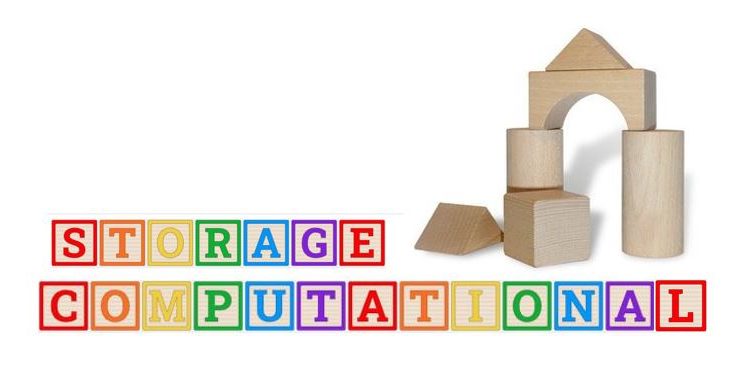

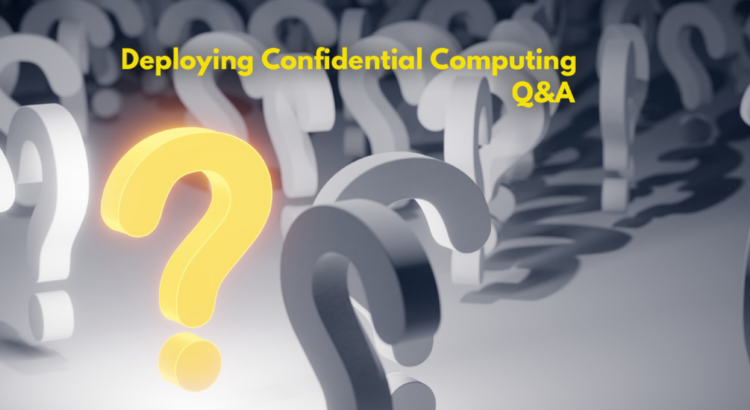
Deploying Confidential Computing Q&A
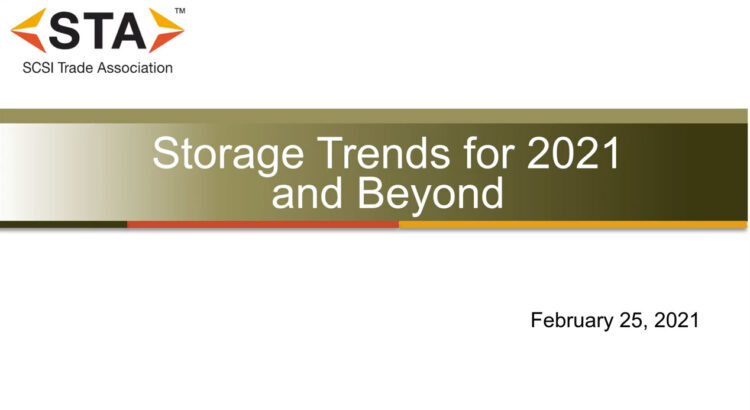
Q&A (Part 1) from “Storage Trends for 2021 and Beyond” Webcast
Questions from “Storage Trends for 2021 and Beyond” Webcast Answered
It was a great pleasure for Rick Kutcipal, board director, SCSI Trade Association (STA), to welcome Jeff Janukowicz, Research vice president at IDC and Chris Preimesberger, former editor-in-chief of eWeek, in a roundtable talk to discuss prominent data storage technologies shaping the market. If you missed this webcast titled “Storage Trends for 2021 and Beyond,” it’s now available on demand here.
The well-attended event generated a lot of questions! So many in fact, we’re authoring a two-part blog series with the answers. In part one, we recap the questions that were asked and answered during the webcast, but since we ran out of time to answer them all, please watch for part two when we tackle the rest.
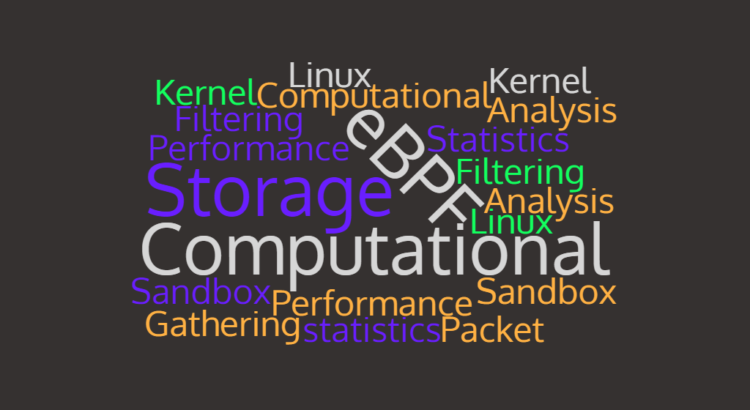
What is eBPF, and Why Does it Matter for Computational Storage?
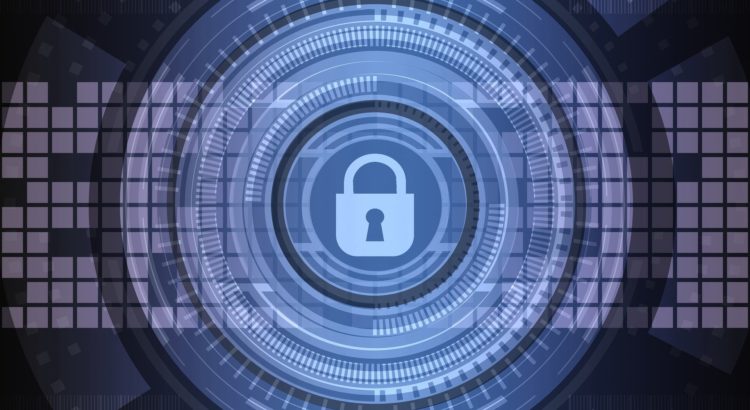
Q&A: Security of Data on NVMe-oF

Moving Genomics to the Cloud

Extending Storage to the Edge
- Emerging patterns of data movement and the use cases that drive them
- Cloud Bursting
- Federated Learning across the Edge and Hybrid Cloud
- Considerations for distributed cloud storage architectures to match these emerging patterns
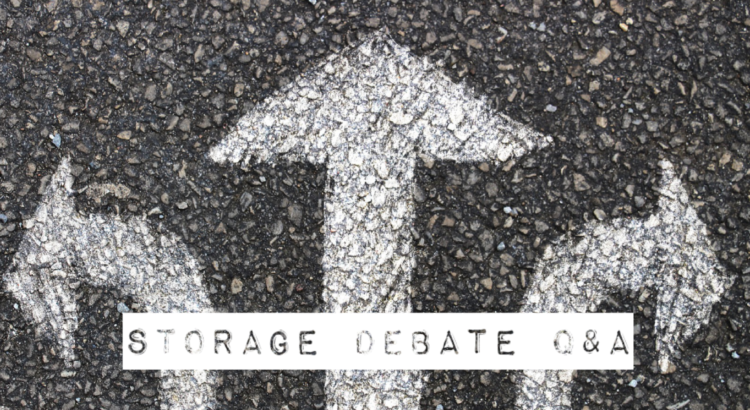
A Storage Debate Q&A: Hyperconverged vs. Disaggregated vs. Centralized
Accelerating Disaggregated Storage to Optimize Data-Intensive Workloads
Thanks to big data, artificial intelligence (AI), the Internet of things (IoT), and 5G, demand for data storage continues to grow significantly. The rapid growth is causing storage and database-specific processing challenges within current storage architectures. New architectures, designed with millisecond latency, and high throughput, offer in-network and storage computational processing to offload and accelerate data-intensive workloads.
On June 29, 2021, SNIA Compute, Memory and Storage Initiative will host a lively webcast discussion on today’s storage challenges in an aggregated storage world and if a disaggregated storage model could optimize data-intensive workloads. We’ll talk about the concept of a Data Processing Unit (DPU) and if a DPU should be combined with a storage data processor to accelerate compute-intensive functions. We’ll also introduce the concept of key value and how it can be an enabler to solve storage problems.
Join moderator Tim Lustig, Co- Chair of the CMSI Marketing Committee, and speakers John Kim from NVIDIA and Kfir Wolfson from Pliops as we shift into overdrive to accelerate disaggregated storage. Register now for this free webcast.
The post Accelerating Disaggregated Storage to Optimize Data-Intensive Workloads first appeared on SNIA Compute, Memory and Storage Blog.
